As an Amazon Associate, I earn from qualifying purchases. If you purchase something through an affiliate link on this page, I earn a commission at no extra cost to you.
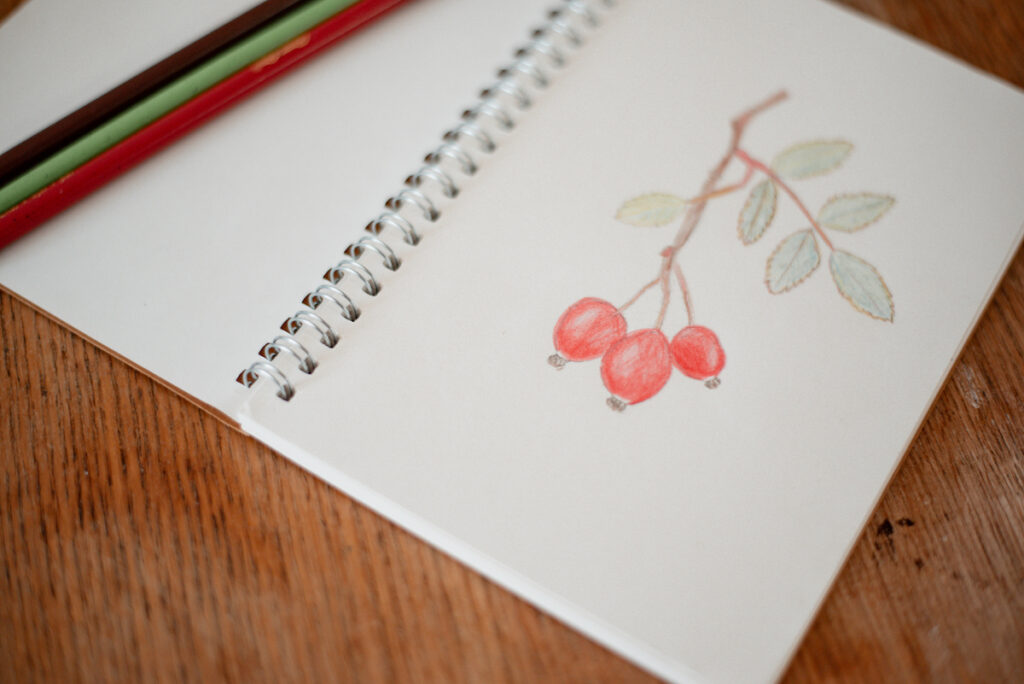
Dear reader,
The idea of living off the land is something that has intrigued me as long as I can remember. My interest most likely began when I read the Little House on the Prairie series as a child. Then I moved on to other books about Native Americans and world explorers and even the Louis L’amour westerns, which have some of that theme sprinkled throughout. The characters in these books had to hunt and forage out of necessity, and I naively wished that I could live their lifestyles so that I could have the same knowledge and adventures they did.
Even though I’m living a more modern lifestyle than Laura Ingalls or the cowboys of the old West, I would still love to learn what I can, partially as a hobby, but also so I can pass down knowledge of the natural world to my children.
I am most interested in identifying and foraging for edible and medicinal plants. My problem was how can I learn? I have no background knowledge whatsoever in the field and simply reading a guidebook on different plants is not a method through which I can retain any information. To remember anything, I need to be hands-on.
During the summer of 2024, an idea came to me: To begin learning to identify plants, I could start a foraging journal. I bought an unlined notebook and here is how I decided to proceed:
- Go outdoors and find a plant, any plant.
- Photograph it, making sure to include the different parts of the plant like the fruit, flowers, stem, leaves, and roots, if possible. I like to take up-close photos to get the tiny details as well as photos that show the whole shape of the plant. (Optional: take a sample of the plant.)
Below are examples of photos I took of the rose bush used as my subject. Next spring I will draw the flowers and hopefully identify the rose species.
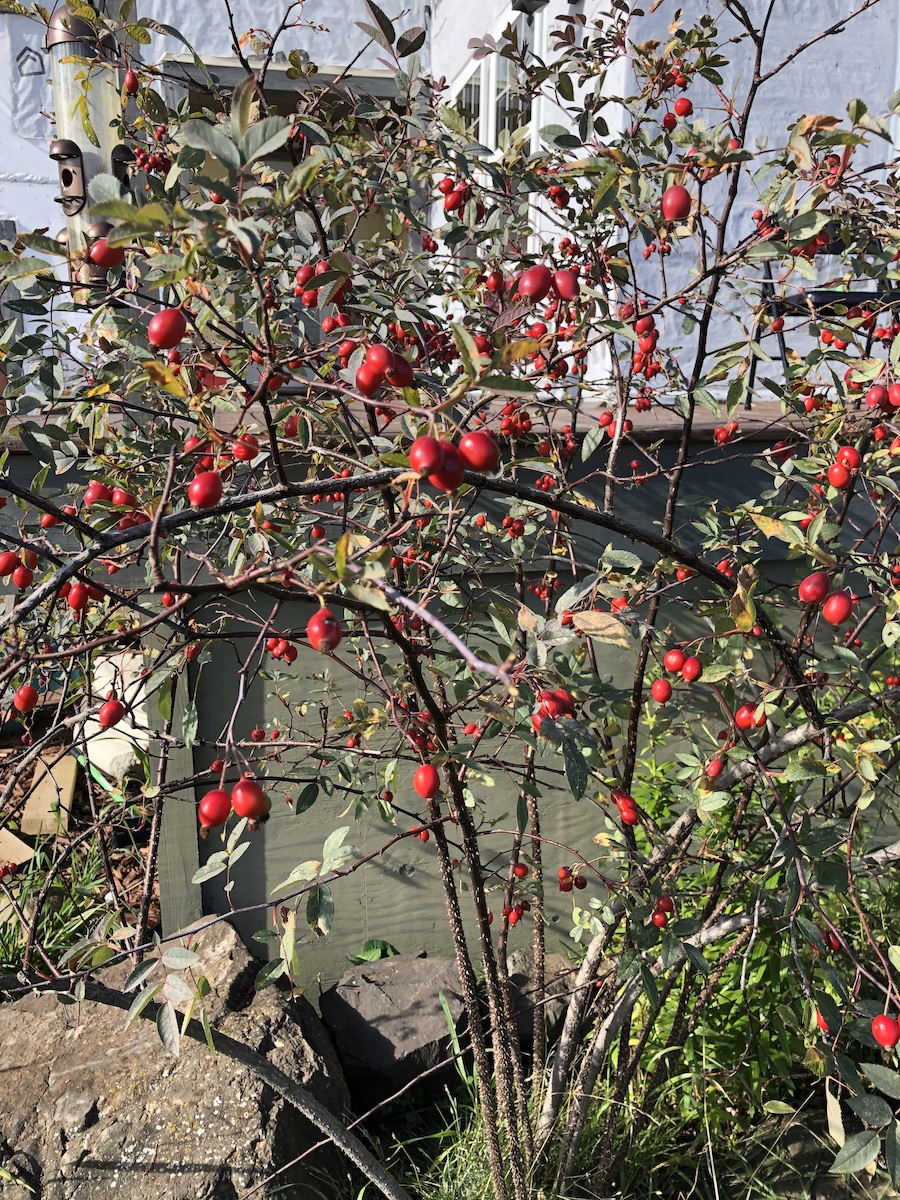
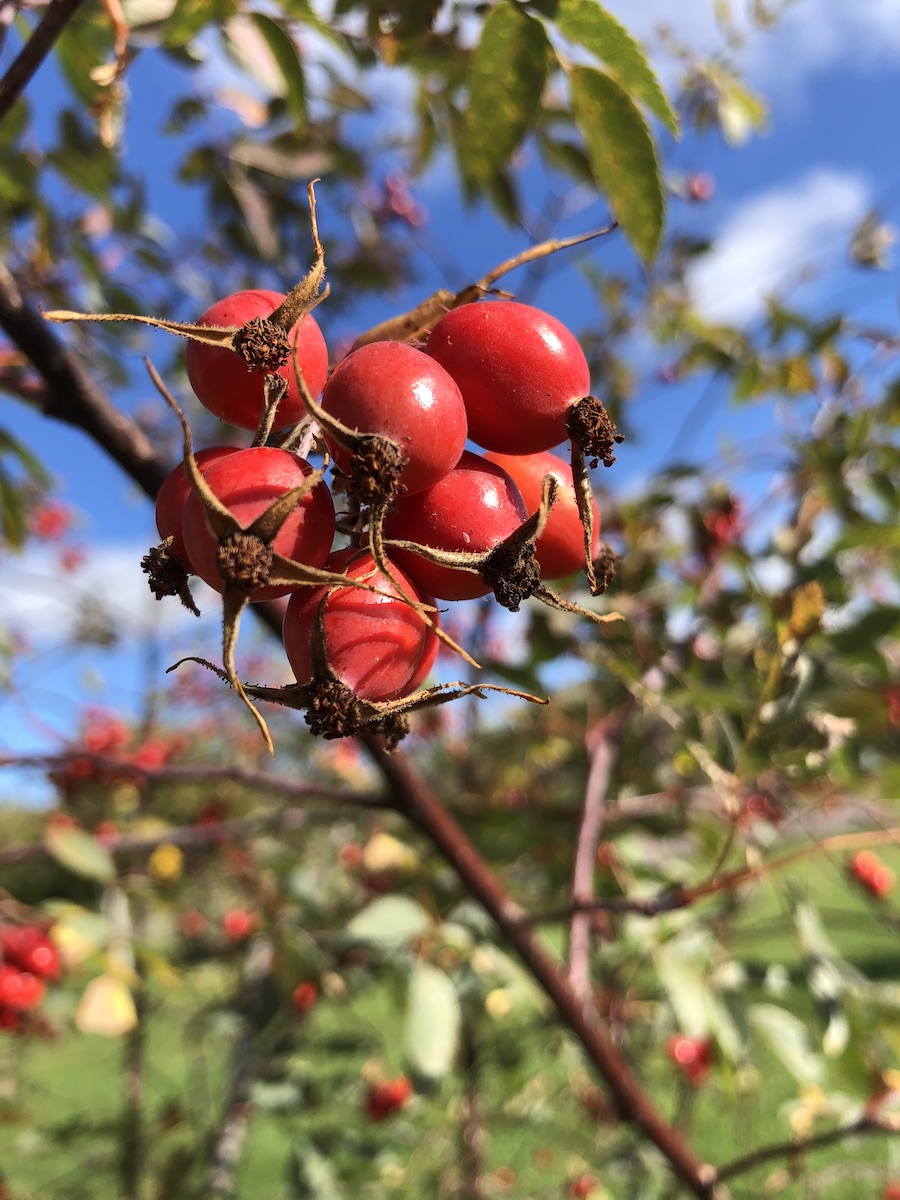
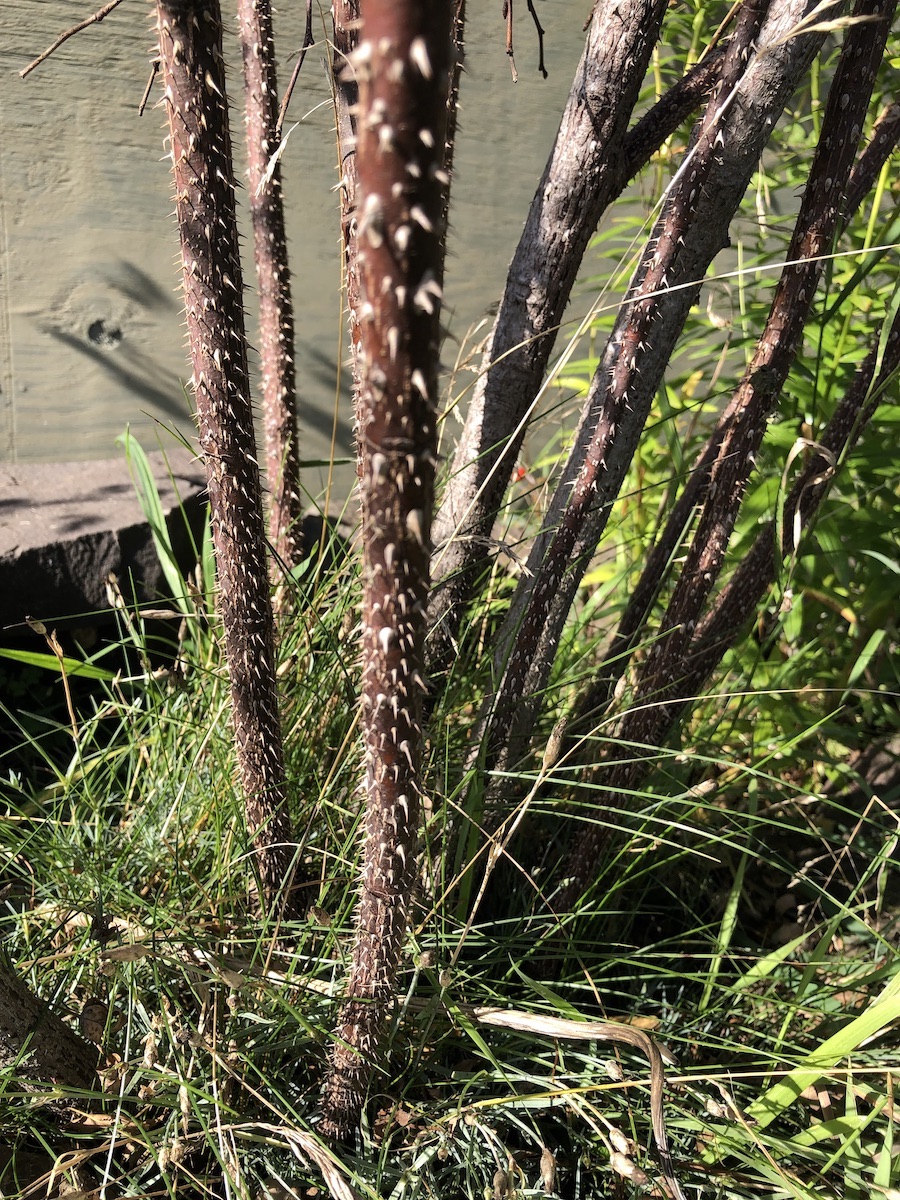
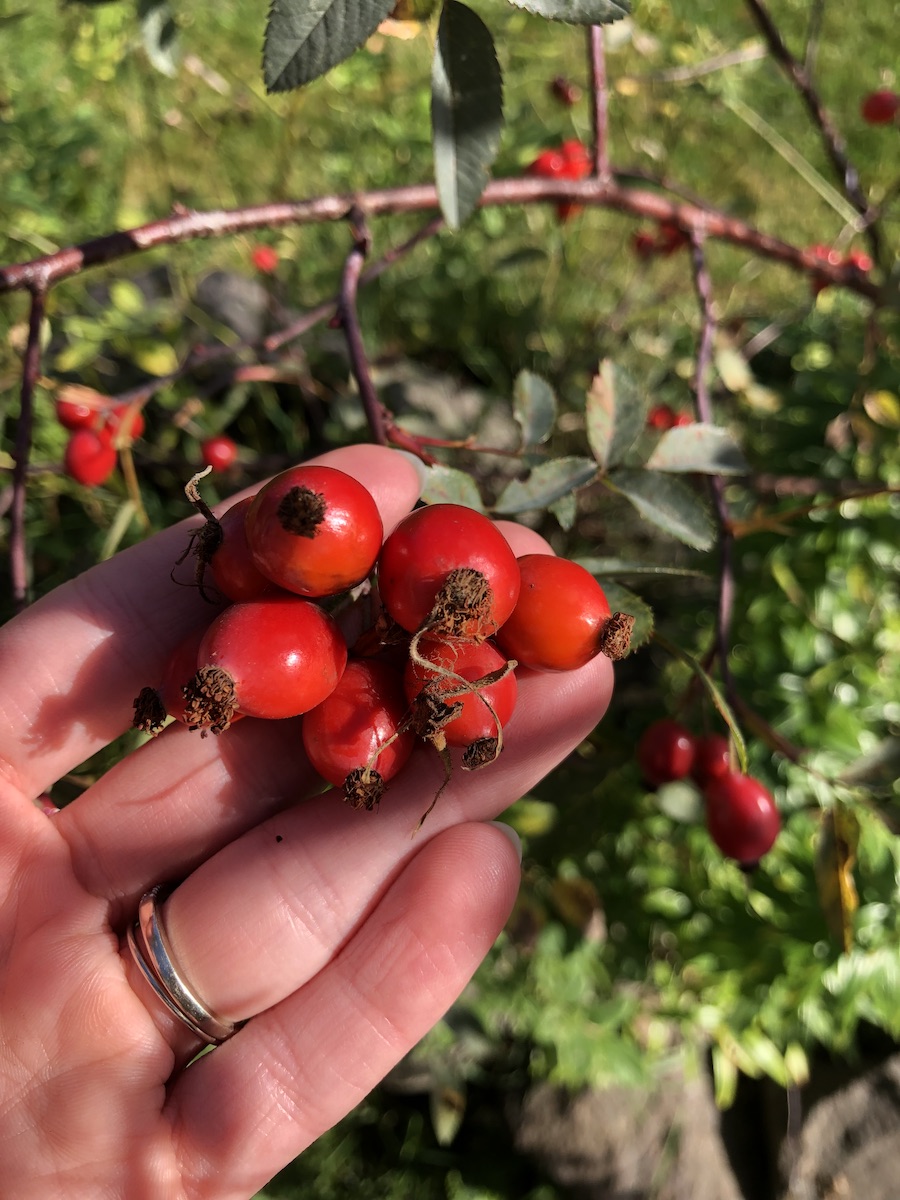
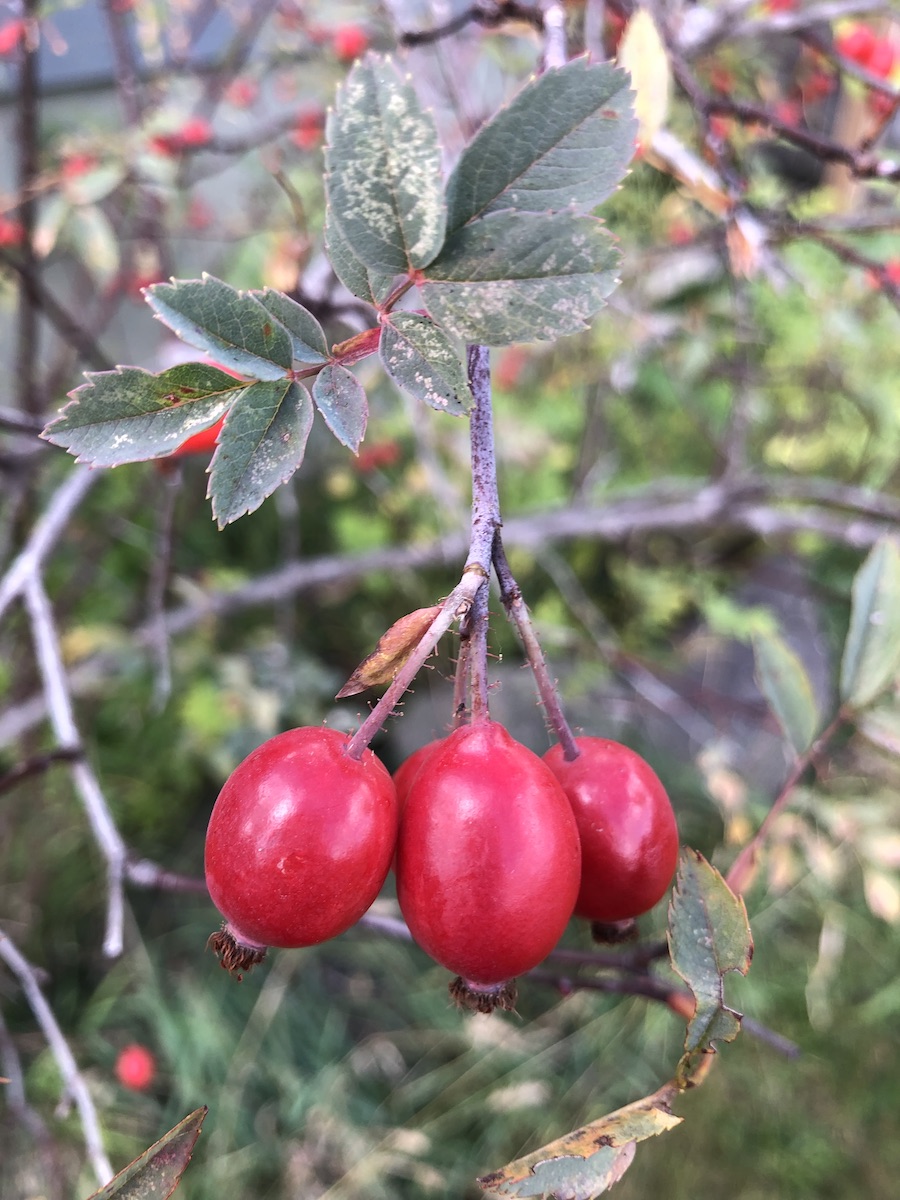
- Draw the plant while either looking at the photos or the real plant itself. Then color; I use colored pencils so I can shade.This step serves a few purposes: Firstly, it forces you to examine the details of the plant – textures, colors, leaf shape, blossom pattern, etc. After this careful inspection, you will notice characteristics that can help you to easily identify it in the future. Secondly, when you draw you are repeatedly glancing at the plant, which will cement it into your memory. Thirdly, you will get to work on your drawing skills!
- Identify the plant using any available resource (Google, an app, a book). Label the drawing with the common and scientific names.
- Include additional information on the back of the drawing such as date, location found, identifying characteristics, and edible or medicinal uses. I might also include a note about toxic look-alikes.
It’s an inefficient method, but I don’t mind because it’s a strategy that a beginner like me can apply in any location. The fact that I’m using plants in my vicinity makes the knowledge directly applicable to me and I can use the knowledge (and the plants) immediately!
If you spend all that time examining, drawing, and researching, there’s no way you won’t retain any of the information you gathered. You will also reap the benefits of spending time outdoors in the fresh air and have something to do on your walks. Best of all, you’ll end up with a beautiful, informative reference book for future foraging.
I would be interested in learning to forage through other methods like courses and such, but I haven’t found any in my area. Or, is apprenticeship still a thing? Regardless, I’m doing my best to be resourceful and learn any way I can!
-Madelyn
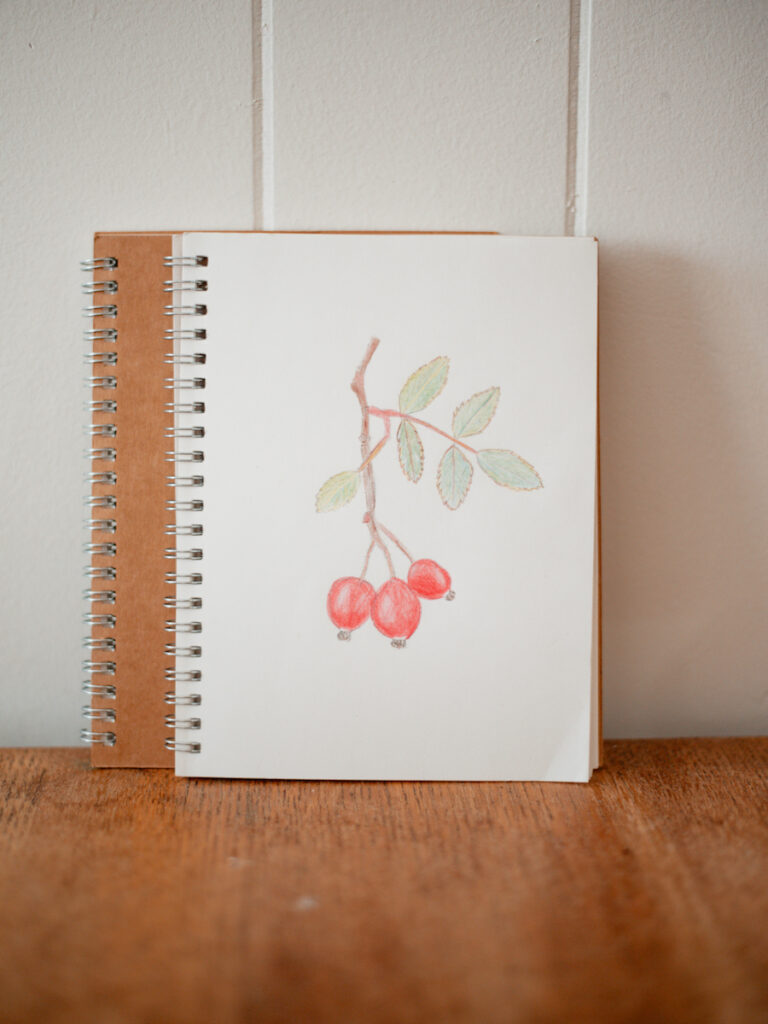
For an inexpensive 2-pack of these unlined journals with blank covers, click HERE.